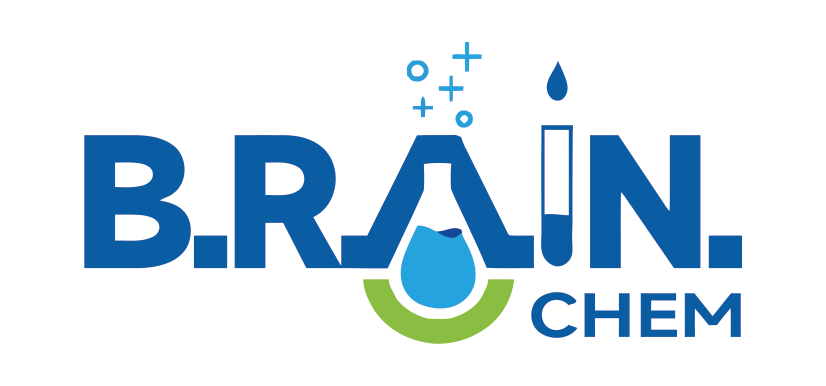Team managers use burndown charts as a way to see the overall progress of the project and the work remaining. Builders can also use burndown charts to measure progress or to level out the staff what’s left to do in an Agile sprint. There is an ideal work remaining line which is a straight line connecting the beginning and ending factors.
We’ll add our values to the scheduled column, which represents the variety of tasks you’d prefer to have left at the finish of every day of the 10-day dash. Moreover, the Burndown Chart helps the Agile ideas of transparency, inspection, and adaptation. It provides transparency into the team’s work and progress, permits for normal inspection of the project’s status, and facilitates adaptation by highlighting areas where changes are wanted. Be Part Of our Scrum Master training program and acquire valuable insights from business experts. Enhance your skills and information to excel in Agile project administration. You’re offered on the perks of a burndown chart, and also you need to use one in your next project.
As Soon As you might have your estimates, you can start monitoring your every day progress. You’ll need to monitor how a lot time it takes to finish every task and the way that effort is pacing toward your aim. This is why burndown charts are sometimes paired with a product backlog, managed by the product proprietor, and a change management process to successfully monitor project progress. An Epic burndown chart (also generally recognized as an epic burndown report) supplies an outline of sprints required to finish an epic over time.

Groups
Precise work remaining traces are often not straight as groups work at totally different paces as initiatives are completed. A burndown chart may help agile teams monitor velocity — the quantity of work they will typically full inside each dash. The chart offers a realistic view of velocity by highlighting how much is definitely getting accomplished in the course of the dash and how quickly it’s being accomplished. The staff might use a Burndown Chart to trace the progress of tasks leading up to the launch, similar to creating advertising materials, setting up a touchdown page, and planning a launch occasion. The chart would offer a visual illustration of the work completed versus the work remaining, serving to the group keep on track.
Agile Advertising: The Source Of Enterprise Agility
- After the primary iteration of a project, the efficiency issue is recalculated to permit for more accuracy.
- Tools like burndown charts help planners manage project timelines and efforts, but you’ll want a full-on project administration solution to fully handle all your different shifting elements.
- Understanding the basics, deciphering the charts accurately, and avoiding common errors will empower project teams to benefit from burndown charts and drive project success.
- Excel will take over the remainder of your course of once you’ve gathered all your hard-earned information in a single spot.
The company gets the data of ‘How the staff members are working”, and “Can determine the accomplishment of the task”. If you’re looking for extra methods to keep your group on the same page and track work, contemplate a project management device that may do all of it. From connecting duties to goals to planning templates and everything in between, Asana might help. Now that you know the way to learn and use a burndown chart, you probably can create certainly one of your personal.
The burndown chart is a visual software used mainly in project administration to observe a staff’s progress in direction of a defined objective. It is a graph that displays, over time, the amount of work remaining to be done (on the vertical axis) and the time elapsed (on the horizontal axis). This chart is particularly helpful in software program development environments, particularly within the context of agile methodologies. It is often utilized in agile software program development methodologies corresponding to Scrum. Nevertheless, burndown charts could be applied to any project containing measurable progress over time. Some burndown charts, significantly release burndown charts, include a projection cone, which predicts the vary of attainable completion dates based on the group’s present progress.
When To Make Use Of A Project Calendar Vs A Gantt Chart

On the opposite hand, a steep slope may recommend excessive effectivity, but it could also point out that the team is rushing via the work with out taking note of quality. Earlier Than providing the definition of burndown charts, I would like to invite you to a relatable scenario, which can assist you to remember what burndown charts are means higher than any definition. Burndown charts are utilized by a wide range of teams, however they’re most commonly used by Agile teams. That’s because these charts are best at analyzing quick iterations, similar to sprints. Both PERT and Gantt charts are incredibly useful in project administration.
While your real job could not exactly attain this aim, it’s good to have a target in thoughts to maintain tasks going. It Is important to notice that estimating work isn’t an actual science and it’s normal for estimates to be off. The objective is to get an affordable approximation that may information the group’s work. Over time, because the team features more expertise, the accuracy of estimates is likely to improve. A flat Burndown Chart indicates no progress, which can point to issues similar to a scarcity of work completion, unanticipated blockers, or an overly formidable timeline. Typically, stakeholders could misinterpret the chart and assume that any deviation from the best AI Software Development Company line is a problem.
The cone is usually created utilizing best-case and worst-case scenarios. Agile groups often use story factors to estimate the relative effort required to complete consumer stories, epics, or tasks. Used successfully, they can help improve team communication, determine points early, and maintain tasks on monitor. In software program growth, Burndown Charts are generally utilized in Agile methodologies, particularly Scrum. At the start of a sprint, the staff would estimate the effort required for each consumer story and plot the whole number of story points on the ‘y’ axis of the chart.
The work effort was greater than anticipated initially however lower than expected at the end. Therefore, whereas the path was barely completely different, the top result was the identical. If the precise work line is above the best work line, it means there’s extra work left than initially thought. Nonetheless, if the actual work line is under the perfect work line, there is less work left than originally predicted and the project is forward of schedule. Though the specifics can range, it’s frequent to see the below sections of a burndown chart. The X-axis might have story points ranging from 1 to 30 to symbolize the variety of days left to complete the task.
If this curve is beneath the perfect line, it signifies that the team is progressing sooner than anticipated. For every task within the backlog, you should estimate the amount of labor required to complete it. This estimate can be expressed in hours, days or effort factors, depending on the method you use.
On some days, you won’t move any packing containers, whereas on others, you manage to maneuver 2 or extra. In order to handle your tasks successfully, you should keep a watchful eye in your progress. If you see that you’re forward of schedule (meaning your “actual” line is dipping beneath your “ideal” line), you realize you’ve some wiggle room to take your foot off the gasoline if essential. If you’re behind (meaning your “actual” line is hovering above your “ideal” line), this means that your group needs to play catch-up.
Throughout sprint meetings, groups determine the work breakdown of the project and predict the time during which every task can be completed. From this task breakdown, the plots of the burndown chart can be created. Attempt building your personal burndown chart in your subsequent sprint to see in case your actual pace lands you at your objective.
They observe the progress of the tasks or user tales deliberate for a selected sprint. Sprint burndown charts typically show the remaining work on the y-axis and the sprint’s duration on the x-axis. They provide insights into whether or not the team is on observe to finish the dash goals throughout the allocated time. Agile project management depends on agile sprints to plan and execute tasks.
